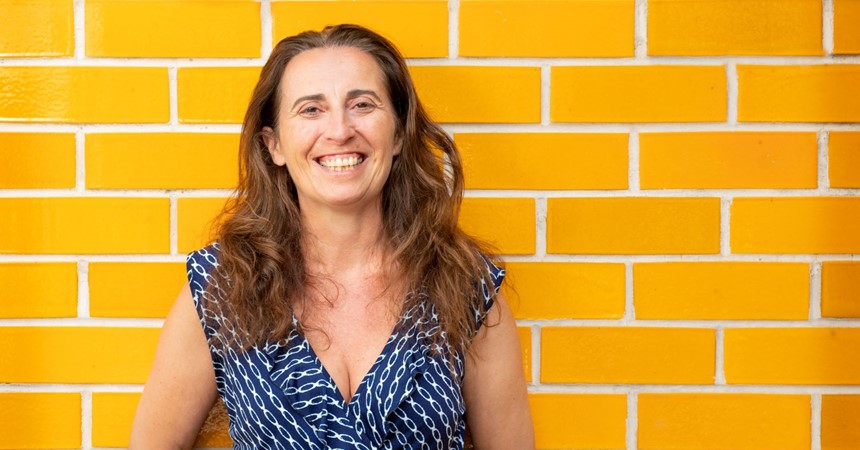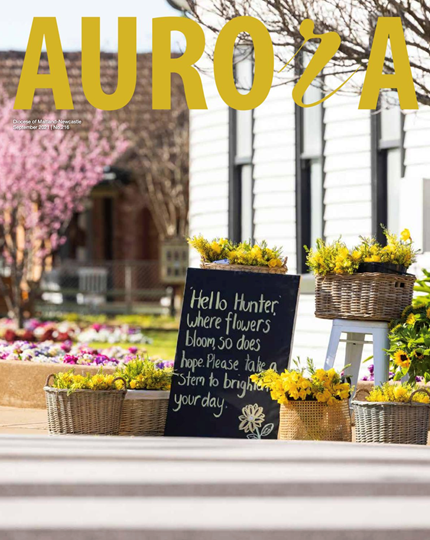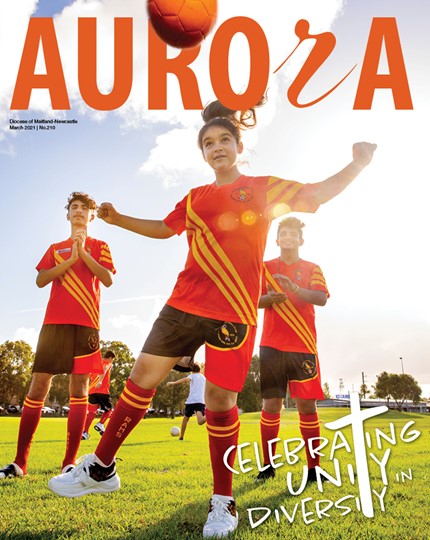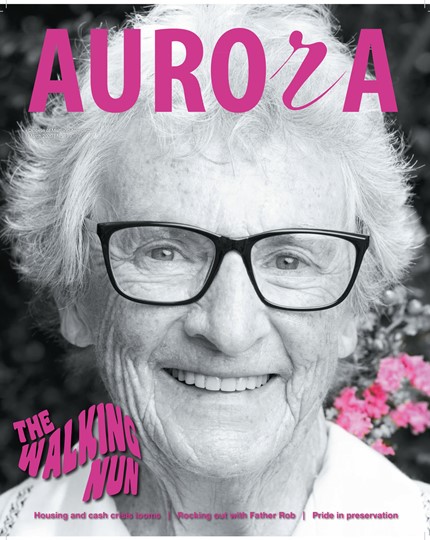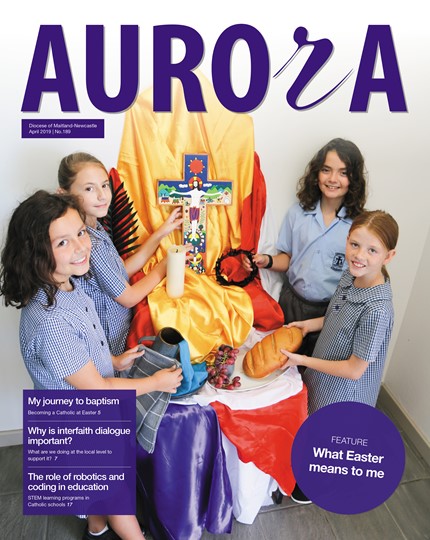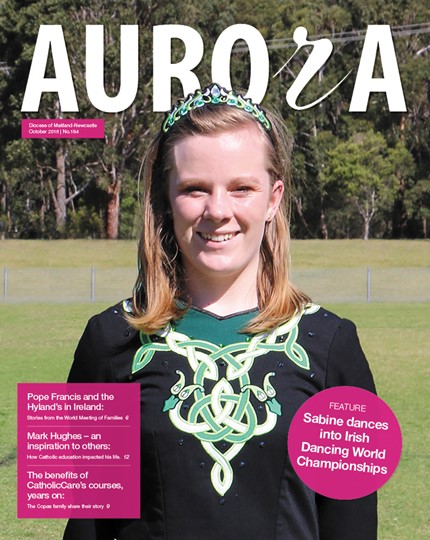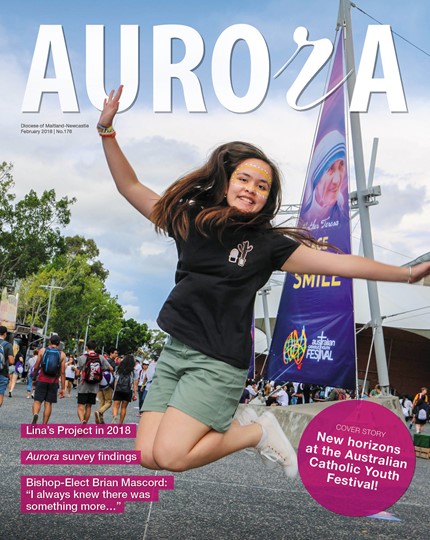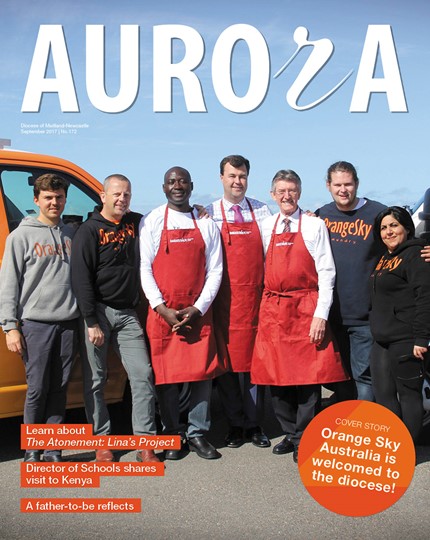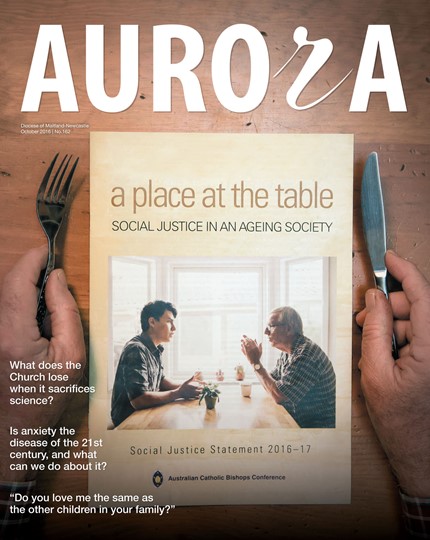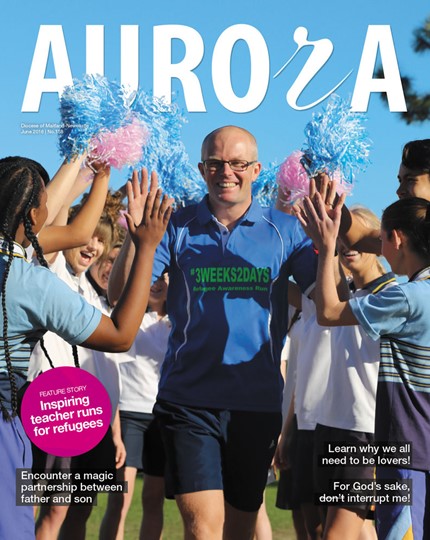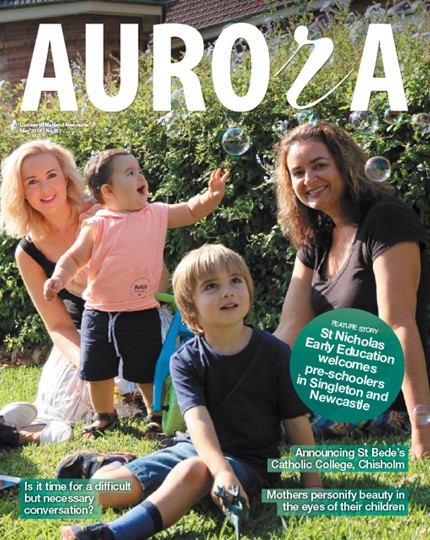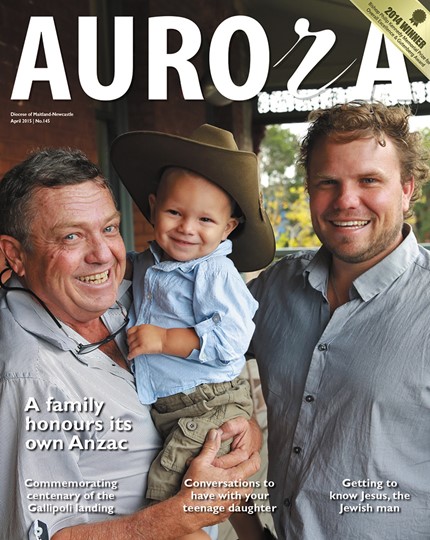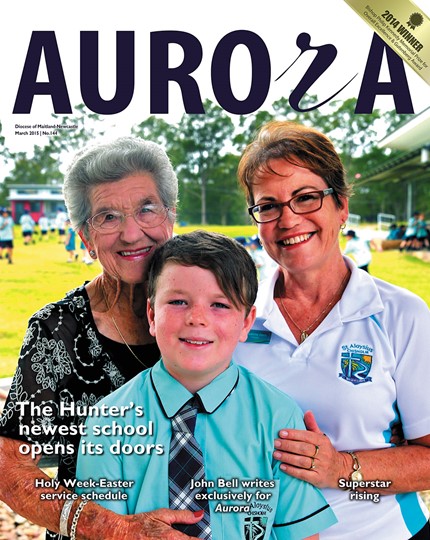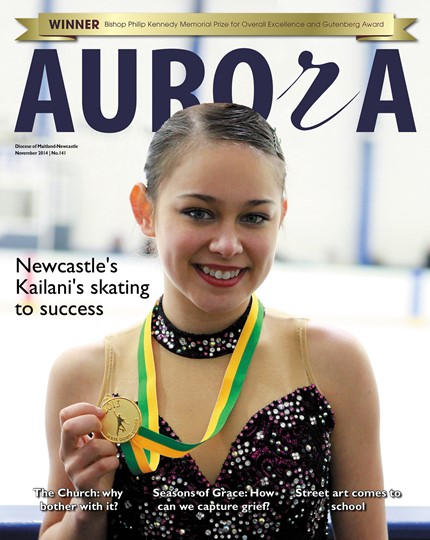I was born in Italy about 50 years ago, studied psychology there and then in the UK, and 20 years ago migrated to Australia with my newlywed English husband for a bit of adventure, to find work, and build a family.
We bought a house, became citizens a few years later, and have worked as lecturers and researchers at the University of Newcastle for two decades. Our two teenage boys speak English and Italian and identify equally with their Australian and European heritage. As with many, we miss not seeing our families back in Europe due to COVID travel restrictions. But at the same time, the shared hurdles of this pandemic help remind us that we are really “one people” in the good and in the bad.
Ours are the faces and the ordinary stories of many new immigrants in modern multicultural Australia. Perhaps they are not that different, or perhaps they are, from those of Italian, Greek, and Macedonian immigrants arriving in much larger numbers soon after WWII. I take Ada, “my” beloved 87-year-old Italian “adoptive mother”, to Mass every Sunday and I listen carefully to her stories of those early migrations. What it was it for them at that time. How it was different but also the same as for the newer generations who leave their original home to find a new, perhaps safer and more prosperous one.
These personal and community stories of engaging with and thriving in diversity intrigue me. I am a social psychologist by training and my academic work looks at the benefits that multiculturalism can bring to society and its people. My research captures the energy, the thrills and innovation that society enjoys when it fully embraces the unique richness of our different backgrounds. My work also reflects on the darker sides of those experiences of diversity; the prejudice, the discrimination, and stigmatisation of “the other” – those sometimes-bumpy roads that we need to travel, as a society and as individuals, to get to those benefits.
As we approach Harmony Day, it seems appropriate and timely to reflect on how far Australia has come in harnessing cultural differences in a positive way.
Harmony Day is celebrated annually in Australia on 21 March. It began in 1999, to coincide with the United Nations International Day for the Elimination of Racial Discrimination. The choice of its name is indicative of Australia’s continuing aspiration to be a harmonious and peaceful society that respects, includes, and celebrates all of its people. And I think there are real reasons to take pride in this record. Based on the Australian Bureau of Statistics 2016 data, nearly half (49 per cent) of Australians were born overseas or have at least one parent who was. Since 1945, more than 7.5 million people have migrated to Australia and 85 per cent of Australians now agree that multiculturalism has been good for Australia.
On a day in which it is absolutely right and appropriate to be grateful for these extraordinary achievements in nation-building, perhaps it is also equally appropriate to remember this day’s original name at the UN counterpart.
The research in these topics tells us very clearly that “harmony” between people is a realistic target. When multicultural dialogue and respect and meaningful exchange between members of different groups in society are promoted and upheld, individuals and communities do thrive. Mutual prejudices ease, social trust and faith in the good of humanity grows. These dreams and aspirations however are difficult or impossible to achieve without doing the hard work of “eliminating racial discrimination” and inequality in society.
Australian aspiration to be “one nation of many”, I think, goes hand in hand historically with regular reminders that the work is not yet done and we need to remain vigilant. Racism and discrimination still exist in Australia’s society; they lurk behind every corner of this nation-building and pose a continuous threat to that dream of unity. Australia’s first inhabitants still suffer tremendously from past wrongdoing and current disparities.
Back on my memory lane, I have many salient images of some of those highs and lows, the shining and the dark in Australia’s complex relationships with diversity. I think of my early efforts at making sense of Australian multiculturalism — from a geographical and psychological distance.
My husband and I were in Wales completing our copious paperwork for Australian permanent residency when the inaugural ceremony for the 2000 Olympic Games was taking place in Sydney. Those images of diversity and unity acted as a powerful magnet and spectacle for Australia all over the world. The ceremony was described by the president of the International Olympic Committee as the most beautiful the world had ever seen.
For me, what stood up was the iconic image of the most stunning Australian Aboriginal athlete, Cathy Freeman, carrying the flame, and expressing the pride of First Peoples and all Australians. Also, the lyrics of that beautiful song the ABC has recently reintroduced as a lullaby to keep us together during these challenging COVID times: “We are one, but we are many. And from all the lands on Earth we come. We'll share a dream and sing with one voice. I am, you are, we are Australian."
Exactly one year later in September 2001, we were receiving the all-clear from the Australian Immigration Department for our visas. From the same small rooftop apartment in Cardiff, we watched the images of the Twin Towers in New York crumble down under terrorist attacks. A few days later, the plane that was to take us to Australia was redirected away from the Middle East as the war had just started and it was no longer safe to fly through there. We arrived in Australia to find a nation shaken by the enormity of these events of disharmony.
Those emotions and primitive fears of “the other” had re-surfaced, and around those weeks of the 2001 federal elections, had fuelled speculations of seafaring asylum seekers allegedly throwing children overboard in a presumed ploy to secure rescue and passage. Familiarising myself with the Australian broadcasting networks, I was appalled to see how much air time was given to radical and divisive commentators on local and national radio stations. That was not the same Australia I had seen on TV just a year before. I had to wait for Kevin Rudd’s apology in February 2008 to Indigenous Australians for the Stolen Generation and a long history of White policies to see the sign of those dreams of unity and new highs in the “diversity and harmony” chapter of this nation.
Harmony Day is here to help us recognise and celebrate the fact that Australia is all of this – the dreams and the struggles to make the most of its multiculturalism coming together in a complex and intriguing mix. Perhaps it is an image of each and every one of us: people made in the image of God, as “children of God”, who are often derailed in the dark corners of our lives and minds.
Stefania Paolini attends Mass in the MacKillop parish and is a PhD, Associate Professor in Social and Intercultural Psychology at the University of Newcastle.
